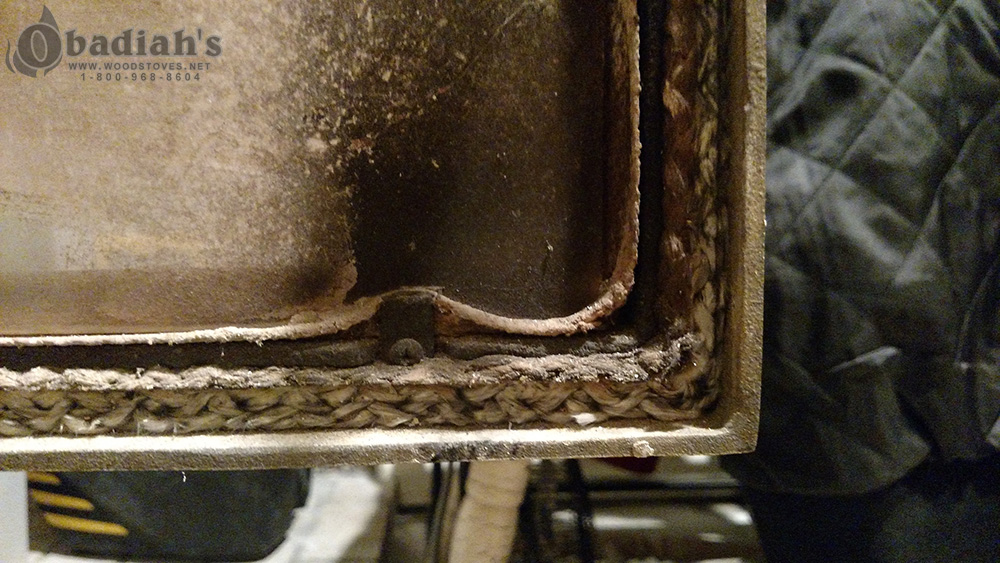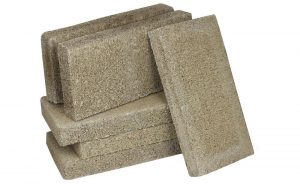Woodstove Maintenance: Five Tasks For Every Spring
The snow is melting, the sun is lasting longer into the evening, you can walk outside without bundling up, and then it happens: That first night in months where you don’t need to fire up the stove. As much as we all love the coziness of wood heat during the cold months, a long winter can be exhausting and the changing of the season is often a welcome relief. However, that doesn’t mean you should close up the stove and forget about it until October. In fact, by taking care of a few tasks every spring, you can drastically increase the longevity and safety of your stove, not to mention make it that much easier to fire back up when autumn suddenly rolls back around.
Here are five woodstove maintenance tips that we recommend following every spring.
Sweep The Chimney

We’ve said it before and we’ll say it again: Sweeping the chimney by far the most important piece of woodstove maintenance, and it should be done annually. In fact, it’s a good idea to take care of it at the end of a season, because you never know when you’ll need to build that first fire in the fall, and going for it before you’ve had a chance to clean your chimney could lead to disaster.
If you haven’t kept up with maintenance for a few years and creosote has built up significantly, or you’re not confident in handling the process on your own (if you have a pitched roof, accessing your chimney may be quite dangerous), we recommend hiring a professional chimney sweep. Costs generally range from $100-$200, but the job will be thorough and if you have any other subtle safety issues, a chimney sweep will be able to let you know.
You can also take care of chimney sweeping yourself, and we have more about that process here. With some installations, it may even be possible for you to clean the chimney from below without climbing on the roof or making a huge mess. Check out the video below for more details on that.
Clean Out The Ash

A little bit of wood ash at the bottom of your firebox can help retain heat, but once the burning season is over, you’ll want to get rid of it. Left sitting for months, wood ash can cause your firebox to rust, which over time will weaken your stove (not to mention make it unsightly). Once it starts warming up outside and you find yourself making fires less than every night, go ahead and clean out everything that has built up over the winter. There’s probably a lot of it, and if you have a garden, you’re in for a treat: All that ash is actually quite useful.
Before removing wood ash, make sure that your firebox has been cold for at least 48 hours or allow the ash to sit in a metal bucket for the same length of time before dumping it, as this will prevent the transfer of any hot embers.
Check Your Gaskets
Wood-burning stoves all feature a gasket: A section of rope that lines the inside of your firebox door, designed to compress against the front of the box when you close the door in order to create an airtight seal. The more uncontrolled air that gets into your firebox, the less effective your fire will be. As a result, the gasket is a small component that plays a huge part in how effective your woodstove is, and that’s why it’s important to keep an eye on it as part of your woodstove maintenance. If it has become brittle or you struggle to keep it from falling out of place, you need to replace it.

Thankfully, gaskets are relatively cheap and easy to replace. Just about any hardware store will have them, and all you need to know is the correct diameter of the gasket for your stove (take a piece of the old stuff with you to the store for comparison).
Here’s a look at what it’s like to replace the gaskets on a Flameview:
Replace Fire Bricks

Fire bricks break. It’s an unfortunate fact of wood heating that, no matter how hard you try, you will inevitably damage some bricks either by striking them with a log or simply through the constant usage of the firebox. Firebricks are important to a healthy stove as they help trap heat and keep the area immediately around your stove from being exposed to excessive temperatures, so it’s a good idea to take a look at them after every season and see if any are cracked and in need of replacement.
All firebricks in a firebox should be made of the same material, so check your owner’s manual or contact your stove manufacturer to see what kind you need. Obadiah’s Woodstoves offers a selection of firebricks, and you can find the most common types of firebrick at places like Home Depot as well as many local hardware stores.
Clean The Oven On Your Cookstove

While most woodstove maintenance tips can be applied to any wood-burning stove, one thing to pay close attention to specifically on cookstoves is the oven. The oven can accumulate ash as secondary combustion allows gasses to circulate inside of the box, but a cursory look with a flashlight around the interior on an annual basis will help you see any buildup before it becomes a problem. In general, cookstove ovens tend to be clear of food particles as the heat from the firebox will burn out any crumbs or spills, but it’s a good idea to take some oven cleaner to the inside of your cookstove’s oven at the end of the season (with the oven completely cold, of course).
It’s hard to know when the cold season is truly over, but by adding some basic woodstove maintenance to your list of spring cleaning chores, you can rest easy knowing that your stove will be healthy and ready to go as soon as you need it again.







